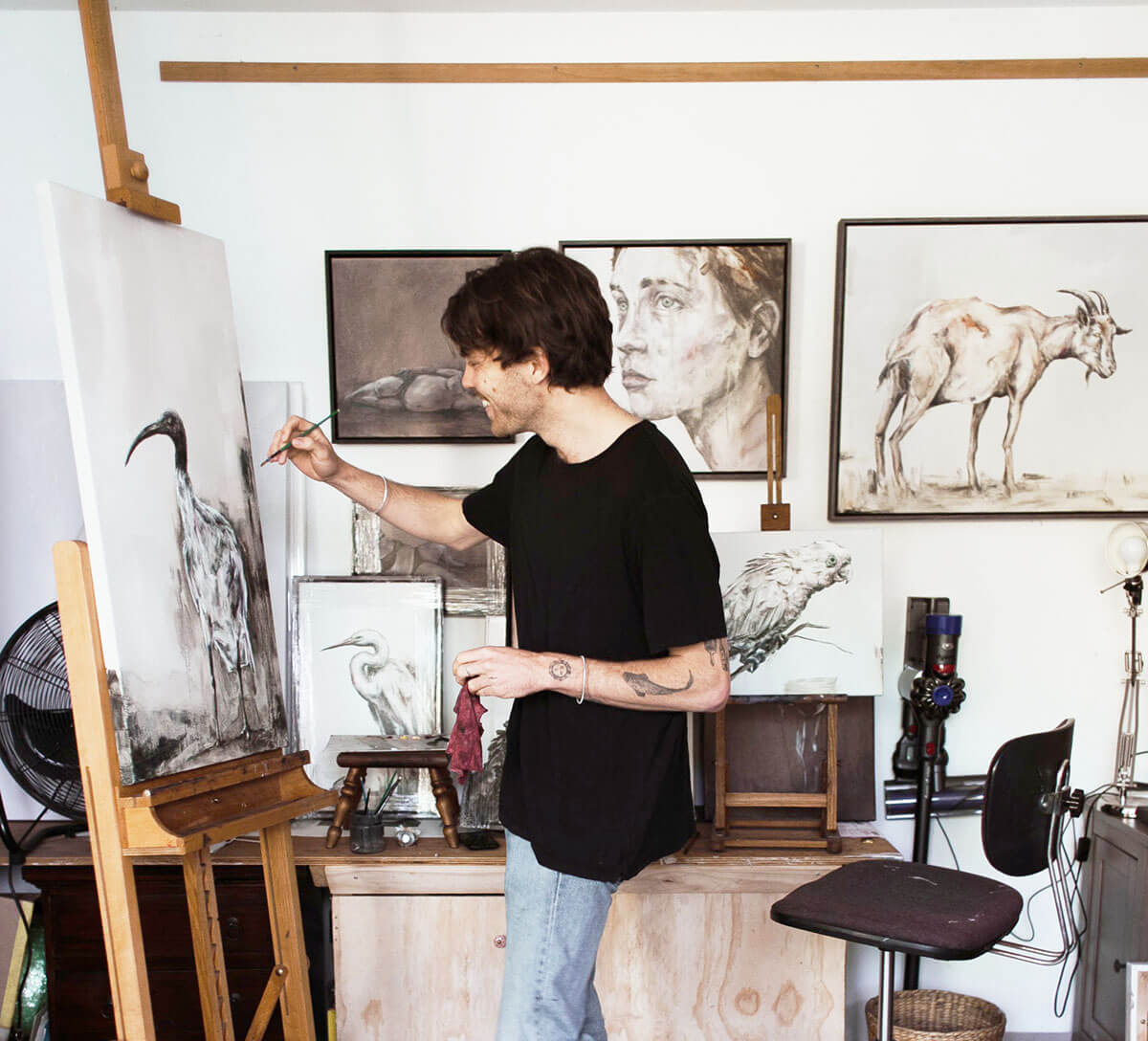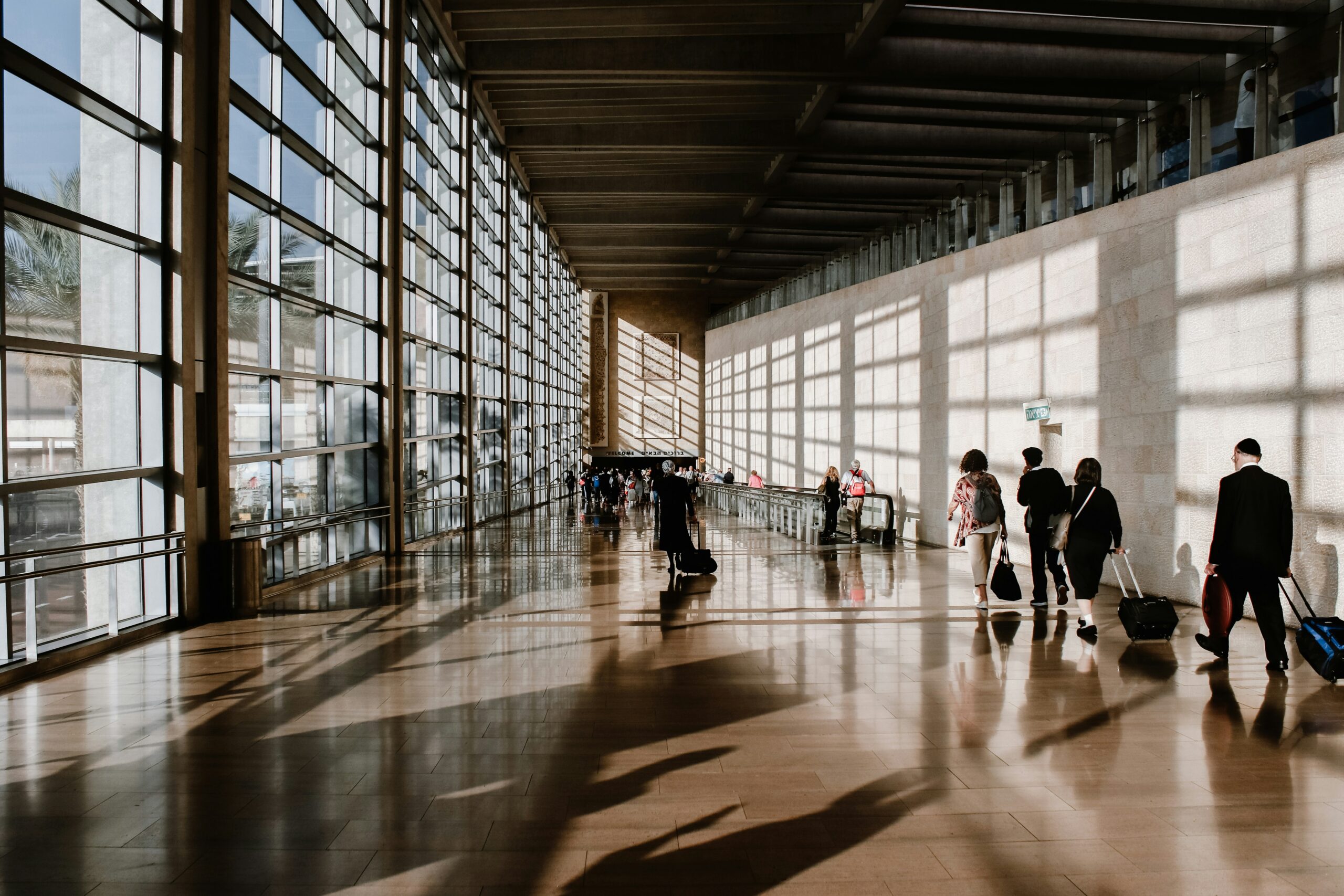:max_bytes(150000):strip_icc():format(jpeg)/TAL-header-tasmania-australia-TASMANIACULNRY0525-446021eedd1d473f8fc64a9d594cc5ff.jpg)
The first course for lunch at The Agrarian Kitchen, chef Rodney Dunn’s restaurant and garden in Tasmania’s rolling green Derwent Valley, is served in the greenhouse. A white turnip artfully smudged with zucchini miso, a wedge of artichoke heart on a licorice-scented anise hyssop leaf, a teeny radish with the leafy stem still intact—all steps away from where it was plucked from the soil.
Located some 20 miles northwest of Hobart, the island’s waterfront capital city, Dunn is growing a rainbow of produce, from berries, apples, and plums to a dizzying array of herbs like pineapple sage, sorrel, and around eight different varieties of mint. He and his team are spinning the harvest into dishes like golden beets and fermented fennel doused in house-made raspberry vinegar, or sorrel sorbet, served with a scoop of ricotta gelato.
“You can be the best chef in the world,” said Dunn, while snapping a pod off its vine and breaking it open to unearth the vivid green peas inside. “But you’re only as good as your ingredients.”
It’s lucky, then, that Tasmania is home to such a rich bounty. The island state, set roughly 150 miles south of mainland Australia across the Bass Strait, is a diverse landscape of rugged mountains, ancient forests, and dramatic coastlines.
“Tasmania has this incredible mix of pristine landscapes and passionate producers that create something truly unique in the food world,” Dunn said. “The island’s isolation has preserved so many heirloom varieties and artisan techniques, while fostering a community that’s deeply connected to the land.”
This community includes producers making world-class cool climate wines, artisan cheeses, and award-winning whiskies. There are oyster farms, a saffron farm, and even fresh wasabi growing in northern Tasmania, which is on the same latitude as southern Japan.
Together these ingredients are helping to fuel Hobart’s exciting restaurant scene. To start the day, grab a cinnamon-dusted morning bun at Pigeon Whole Bakery or sit for a scenic breakfast at Macq01. The harbor-view hotel is home to a spread that includes everything from house-smoked salmon to local honey and artisanal jams.
Get a taste at Fico, a stylish spot serving Italian-inspired dishes made with some of the freshest local ingredients: hand-cut egg tagliolini al limone topped with Bass Strait scallops, thinly-sliced white asparagus atop local goat cheese risotto, a plate of Tasmanian Oyster Co. bivalves harvested 30 minutes away, a shatteringly crisp sfogliatelle stuffed with buffalo milk ricotta from a nearby grass-fed buffalo farm.
Chef Rodney Dunn
Tasmania is where the freshest ingredients and creative minds come together to celebrate seasonal eating in a way that’s hard to find anywhere else.
— Chef Rodney Dunn
Nearby, Institute Polaire highlights cold climate wines, lavish snacks, and the freshest local seafood in a sleek dining room. Find Shima Wasabi on menus around Hobart, including the 10-seat Kaiseki-style Omotenashi. Overlooking the water, Maria serves up Mediterranean-inspired plates made with hometown ingredients like wallaby and Tasmanian goat cheese in a sun-drenched space that feels both elegant and welcoming.
No matter your itinerary, save room for a stop at Van Diemens Land Creamery. The ice cream shop located on a barge in the harbor is slinging scoops in flavors like pepperberry, lavender white chocolate, and honeycomb crunch made using local milk and other island ingredients.
Cap off an evening in the city with a cider– and vermouth-infused True Local cocktail at Mary Mary, the Tasman Hotel‘s dimly-lit bar, where drinks showcase the island’s distilleries and botanicals.
At MONA, the Museum of Old and New Art, the menu at Faro Bar + Restaurant changes with the exhibitions but is always as disarming and boundary-pushing as the artwork. (Think: invasive venison, hand-held foie gras pops.) The site is also home to Moorilla Estate, one of Tasmania’s oldest vineyards. Reserve a tasting, then roam the sprawling grounds to see works by artists like James Turrell and Yayoi Kusama.
A short drive from Hobart, find Lark, Tasmania’s oldest single malt whisky distillery. Book a tour of the distillery, set within a series of historic buildings surrounded by swaths of green farmland, and sample the award-winning expressions straight from the cask. At nearby Pooley Wines, start with a tasting of cool-climate varietals like crisp Riesling and Syrah, then stay for an al fresco lunch of wood-fired pizzas with seasonal toppings including pumpkin and feta or duck and hoisin, and a board of locally-made cheeses from Bruny Island Cheese Co. It’s worth a ferry ride over to the tiny island off Tasmania’s southeastern coast, where you can taste Alpine-style or bloomy-rind cheeses, served alongside warm sourdough bread and beers they also brew on site.
And due west, the Huon Valley is where Analiese Gregory is slated to open a highly-anticipated 12-seat restaurant inside her farmhouse. The trailblazing chef spent time in the kitchens of Le Meurice in Paris and Sydney’s Quay before moving to the Australian island, where she forages, fishes, and hunts for ingredients she turns into dishes that are quintessentially Tasmanian. The Valley is also home to Fat Pig Farm, a 70-acre family-run farm where they raise Wessex Saddleback pigs and cultivate a regenerative garden. Visit the farm for a tour, or for one of its events, including a residency with Melbourne-based Vietnamese restaurant Anchovy from late January to March next year.
Whenever you visit, though, make a reservation to try the tasting menu at Agrarian Kitchen—and say yes to add on the cheese course, which is made on premises using kefir as starter culture. While you’re there, marvel at how a single island can produce such a wealth of culinary treasures. As chef Dunn says, Tasmania is “where the freshest ingredients and creative minds come together to celebrate seasonal eating in a way that’s hard to find anywhere else.”

:max_bytes(150000):strip_icc():format(jpeg)/TAL-header-tasmania-australia-TASMANIACULNRY0525-446021eedd1d473f8fc64a9d594cc5ff.jpg?w=872&resize=872,547&ssl=1)






